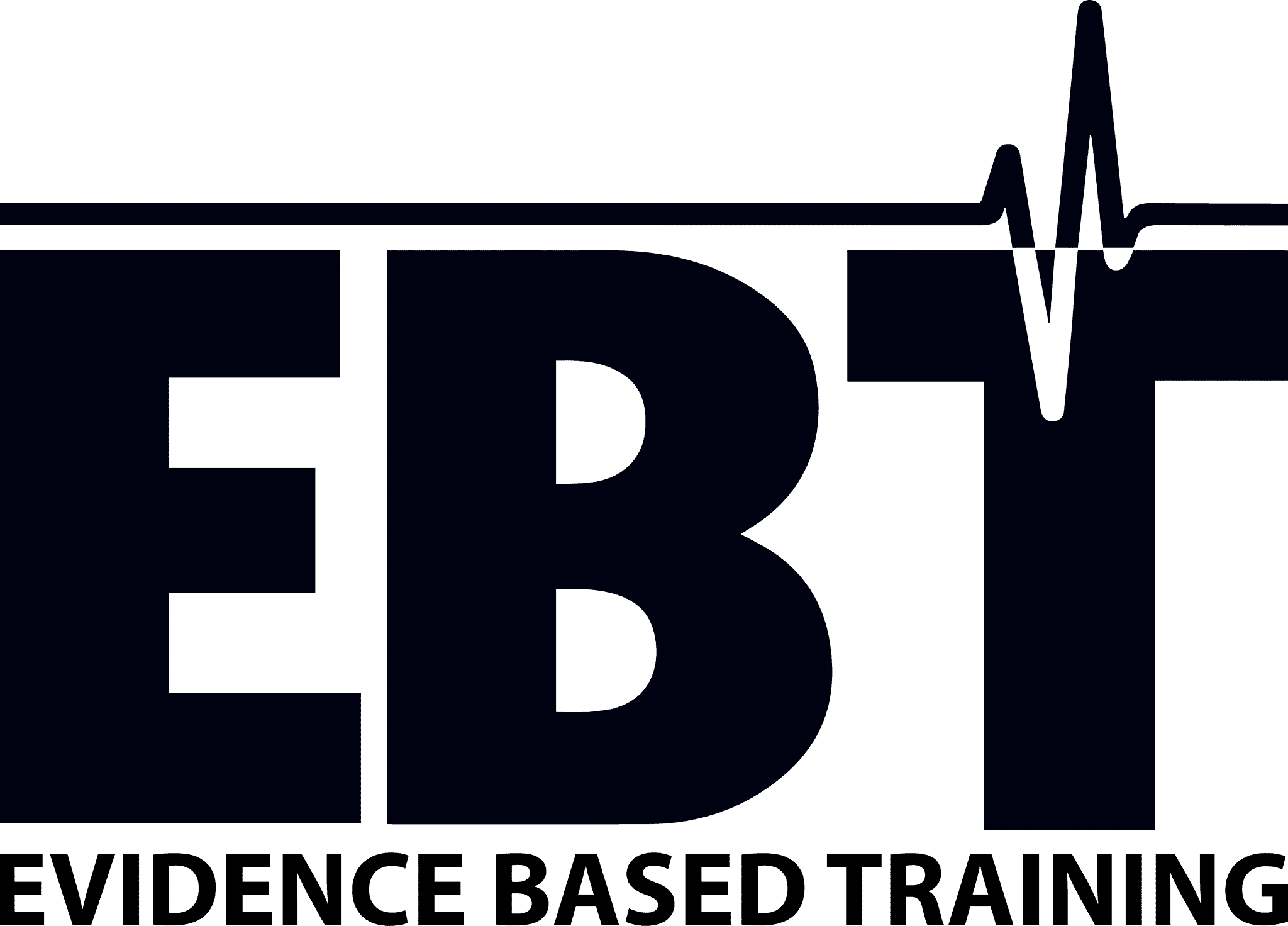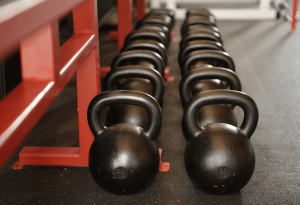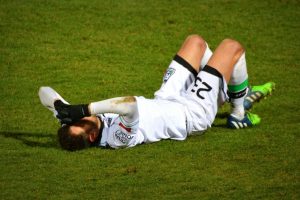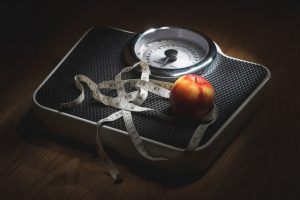Having trouble growing your calf muscles? Do you feel like your patience is running out? We’ll give you insight on the topic!
Calf Anatomy
The calf consists of three muscle groups: the gastrocnemius (the outer portion, the muscle you can ”see”), the soleus and the plantaris muscles (the inner portion, hidden behind the gastrocnemius). The solues muscle is actually the biggest of the three. The gastrocnemius is made of two muscle regions, the medial and lateral heads. They both merge in the middle of the calf to form the calcaneal tendon (Achilles tendon).
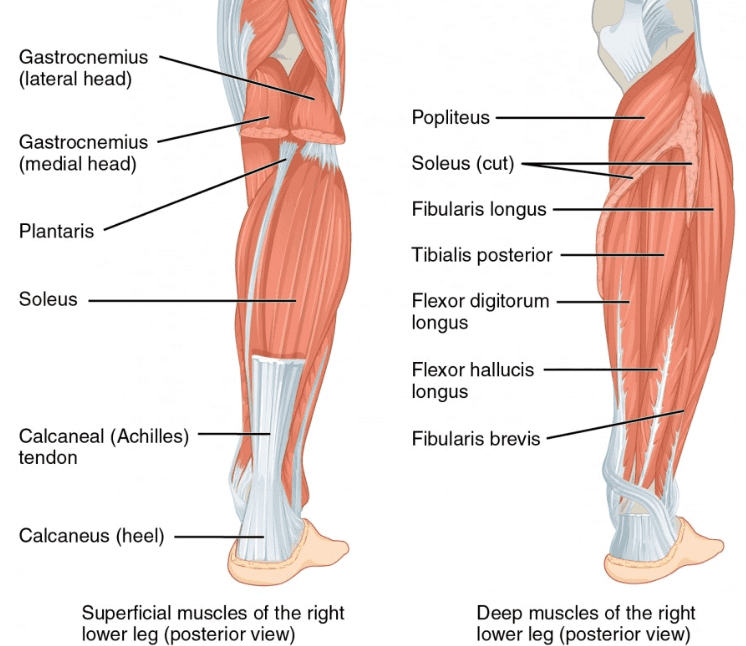
Why are my Calves not Growing?
We’ve all heard of or maybe even experienced the struggle of growing your calves. So what’s the secret to maximizing calf growth? The truth is that there is no secret, patience is the key to growth. Studies show that muscle protein synthesis (MPS) after a calf workout is lower compared to other muscle groups, meaning that calf muscles do grow, just at a slower rate. Yet the question remains, what can we do to optimize the growth?
How to Target All Parts of the Calves
By using various exercises at different angles we can target different parts of the calves to produce overall muscle development. Standing calf raises are better at activating the gastrocnemius, while seated calf raises better activate the soleus. You can also adjust your toe position to more specifically target the different heads of the gastrocnemius muscle. Pointing your toes out leads to greater medial/inner head activation, meanwhile pointing your toes in causes greater lateral/outer head activation. In the study, calf raises were performed without shoes, which could also be a good idea as this theoretically wouldn’t limit your range of motion.
Studies are Measuring Electrical Activity and Not Muscle Mass
It is important to remember is that these recommendations are based on studies measuring electrical activity in the muscles. They are not measuring changes in muscle mass over time, which would have been preferable. Future research is therefore needed to see if more electrical activity from these exercises actually leads to bigger calves. Still, as of right now, it’s the best we’ve got!
Take home message? Patience & variation is key. Get to work!
10.1016/j.jbiomech.2008.04.020
10.1519/JSC.0b013e3181cc22b8
PMID: 12173959
PMID 15450115
